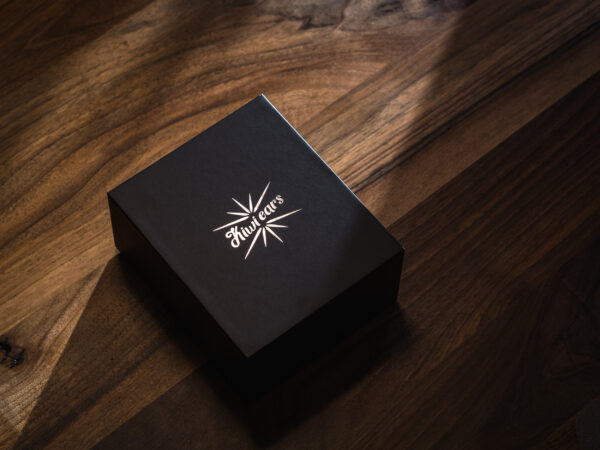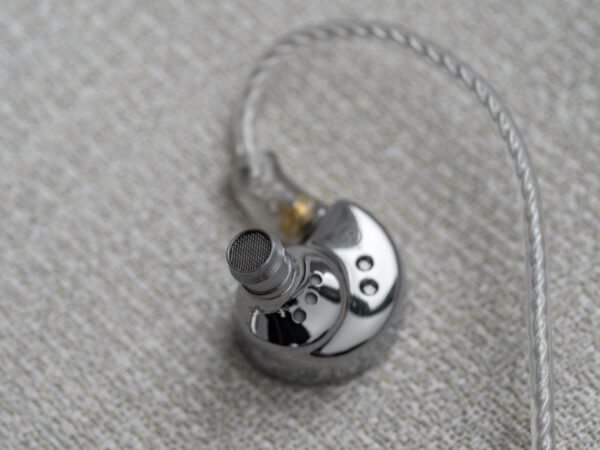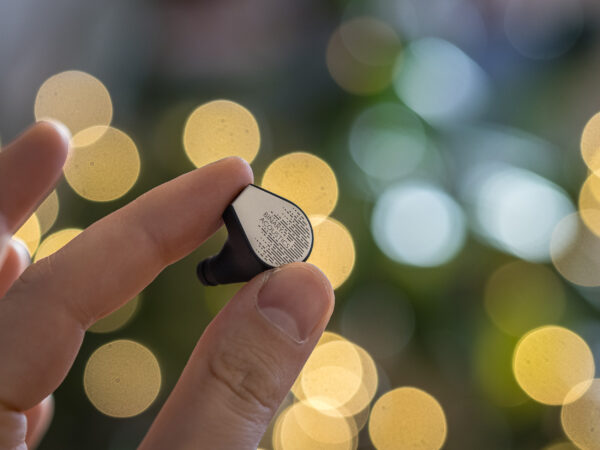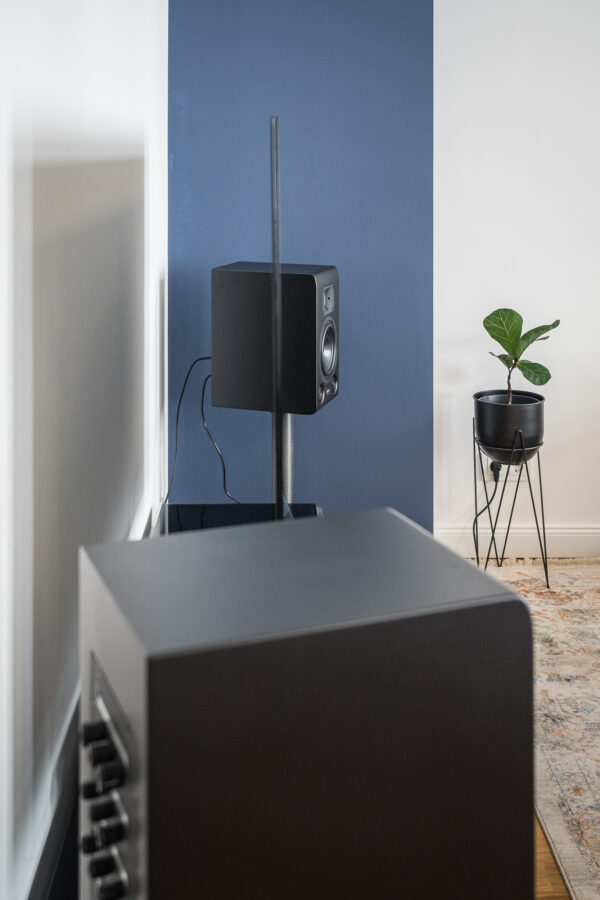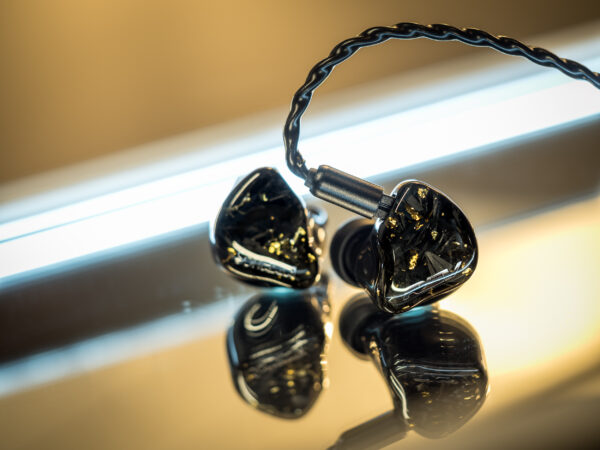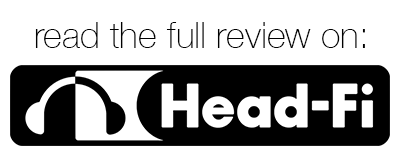Kiwi Ears Quintet

DUNU Falcon Pro
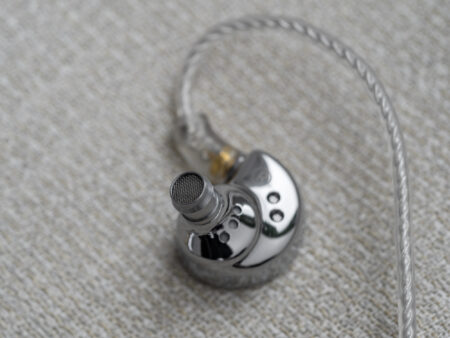
Gizaudio x Binary Chopin
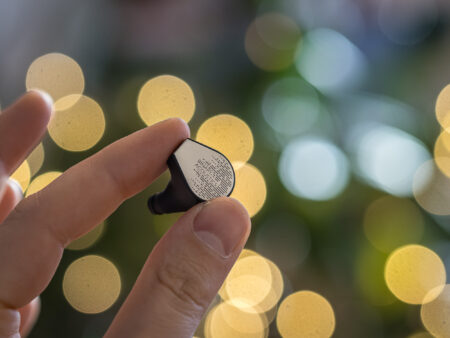
Softears RS10
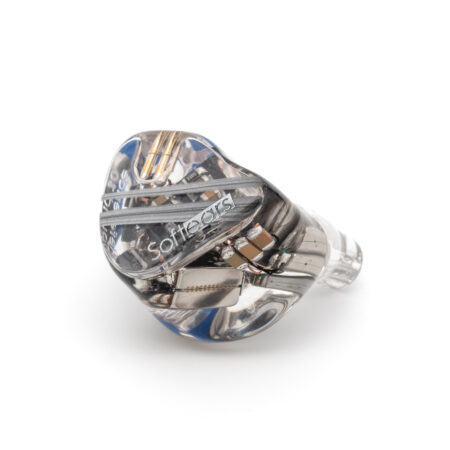
HEDD Type 07 MK2
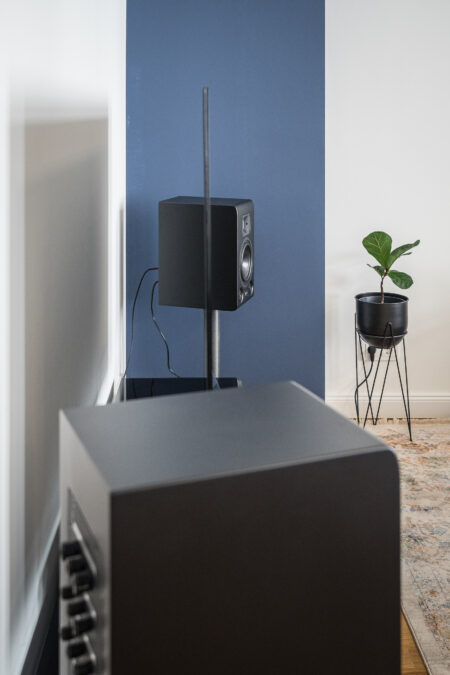
Softears Turii
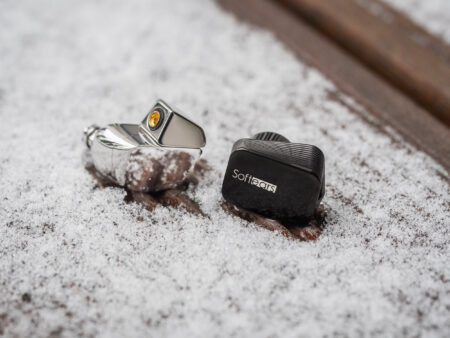
Softears RSV
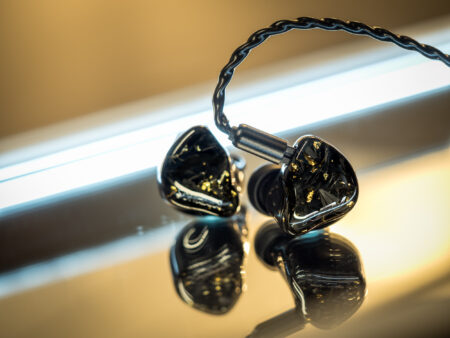
DUNU Luna
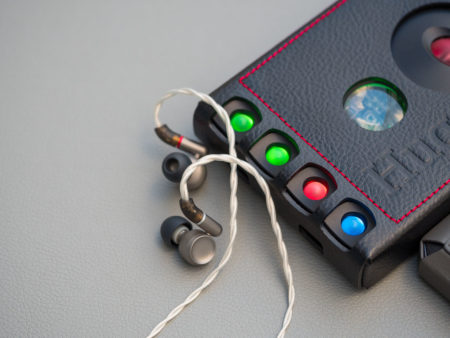
final A8000
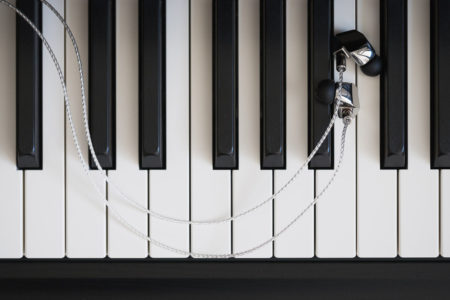
NF Audio NA1
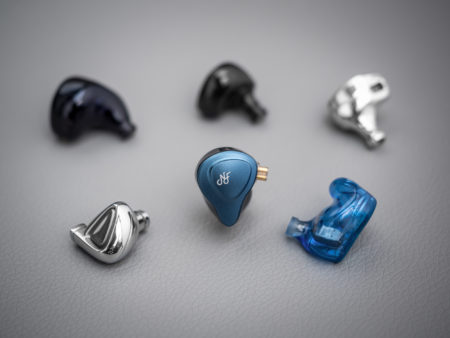
HiFiMAN Ananda-BT
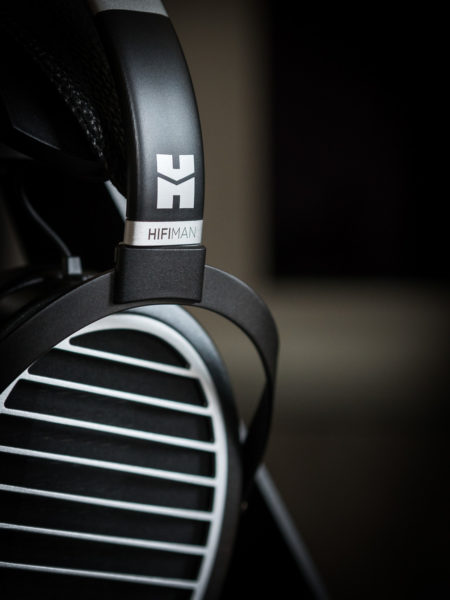
AZLA Horizon
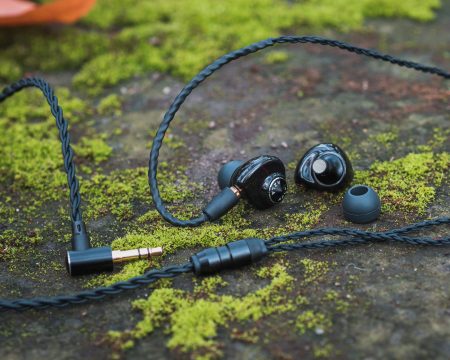
64 Audio U18t

Lypertek TEVI

Oriveti OH500

SoundMAGIC Vento V3
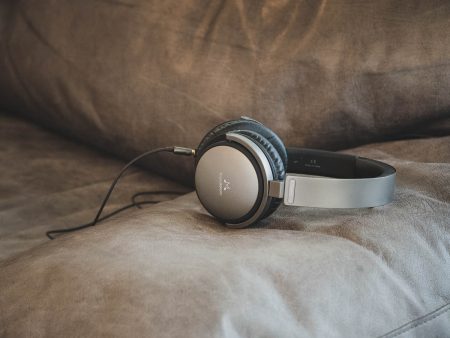
Campfire Solaris
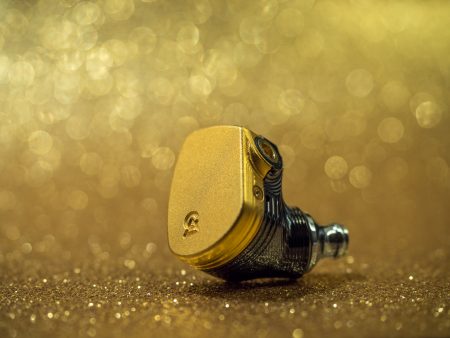
SoundMAGIC E11BT
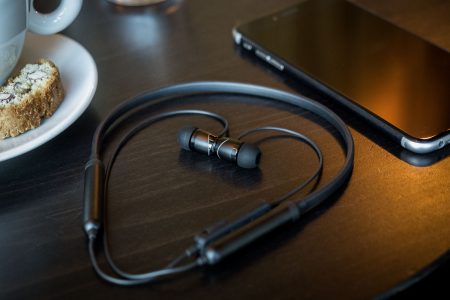
SoundMAGIC E11C
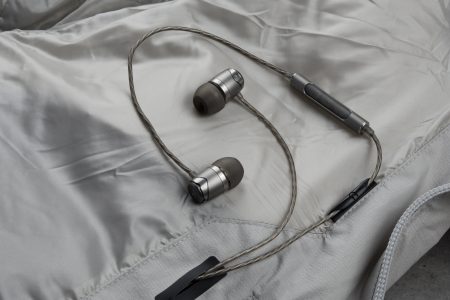
Shanling M0

MoonDrop Kanas Pro

beyerdynamic DT 240 Pro
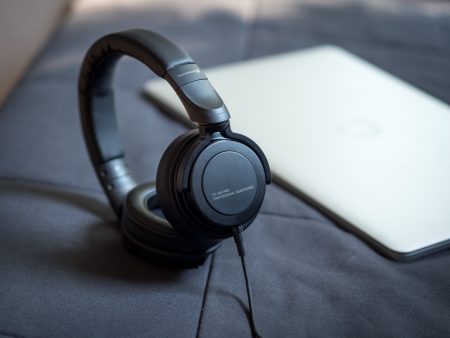
Astrotec AM850
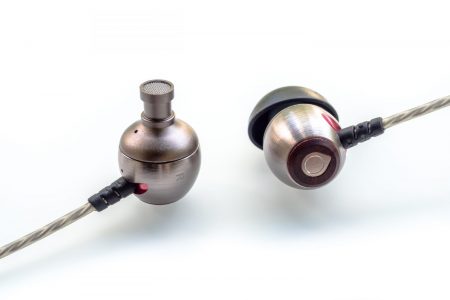
InEar StageDiver 5
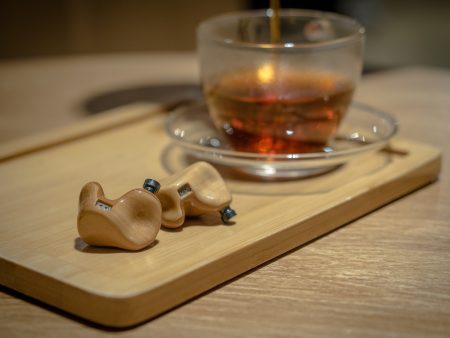
Sonarworks True-Fi
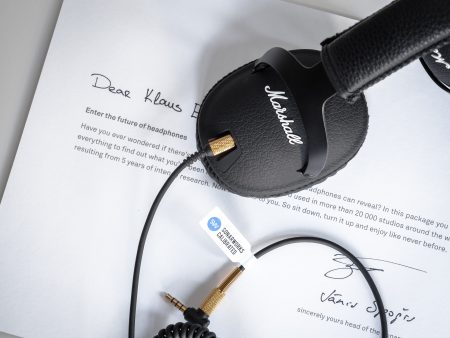
beyerdynamic Aventho Wireless
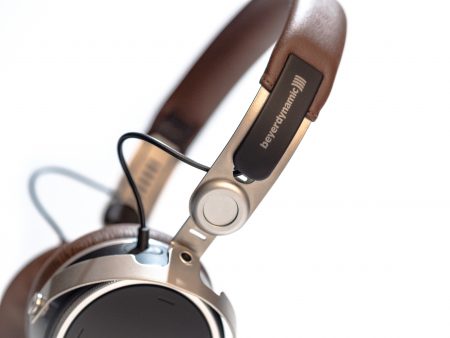
RME ADI-2 DAC
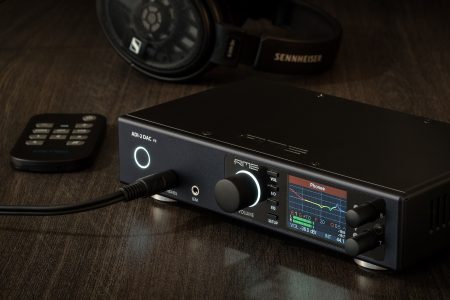
Sennheiser HD 660 S
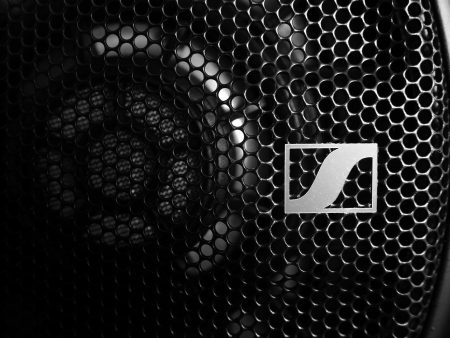
qdc Gemini

Westone UM-1 (2017)
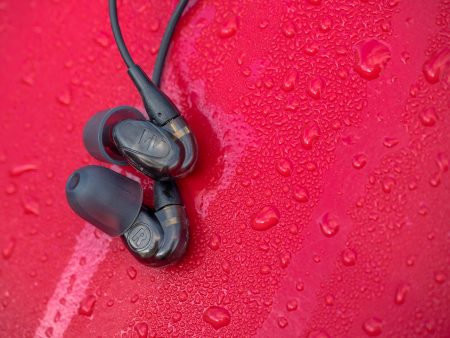
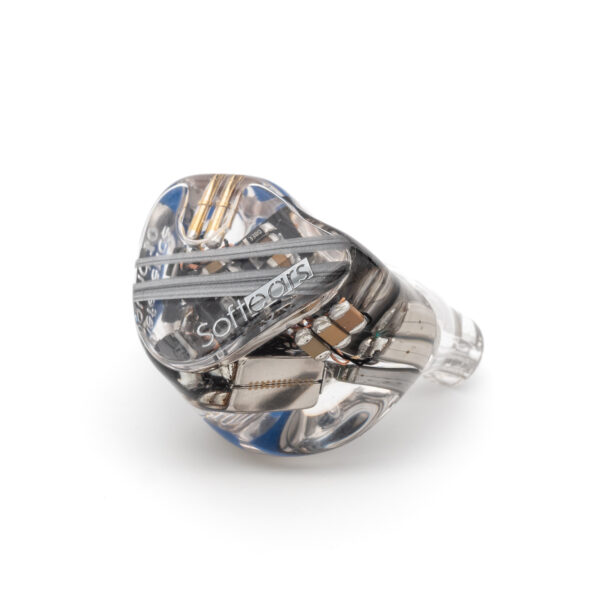
Softears RS10
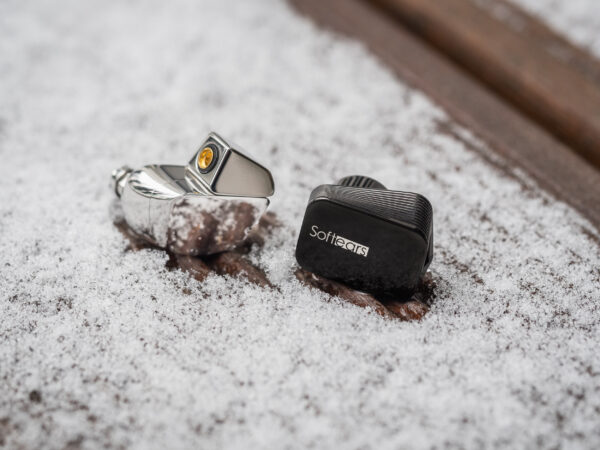
Softears Turii
High-Fidelity is a science. I always try to present myself as a conservative user who prefers linearity. But I also do not forget what music is for, like the time I described what it’s like to be an audiophile. I wrote a feature on the 64 Audio Fourté on how a design not following the textbook can add to musicality and, ultimately, realism in audio reproduction. The Turii is just such a case. It brings the audio to life!
The design is bold, though the size is much smaller than it appears on images. Nonetheless, there will be a few ears that will find discomfort in the heavy metal build, but I have to recommend that you give the Turii and its complex absorber chamber a shot. In my mind, it is the best single dynamic IEM I have yet heard!
Whether I want pure music, all the details, a tight and punchy bass, to notice audio compression in a track, hear a producer’s signature or have a dynamic sound to swallow me completely, I pick Turii. This is an outstanding sound performance! Respect!

DUNU Luna
The Luna are without a doubt an excellent high-end product. DUNU have created a flagship for showcasing a new driver technology. The beryllium driver has amazing speed, punch, and texture. Reference level separation and resolution have rarely felt this effortless. I can highly recommend the Luna for Vocal, Rock, and Jazz. From my experience, the Luna perform better than equally priced contenders in this regard. The full potential doesn’t really show with modern music, though, so that’s when the focus on the midrange can feel like the bass is lacking. Playing acoustic strings successfully remedies this thought.
The DUNU Luna are also extremely well built and surprised me by being some of the most comfortable IEM in the high-end realm. Not to mention, that they come equipped with the single best cable I have yet experienced. Anyone on the lookout for a top performer that oozes musicality with natural-sounding recordings definitely has to closely consider this new flagship reference earphone.
Full review is here: Flavor of the Month: DUNU Luna
klauseulenbach.de
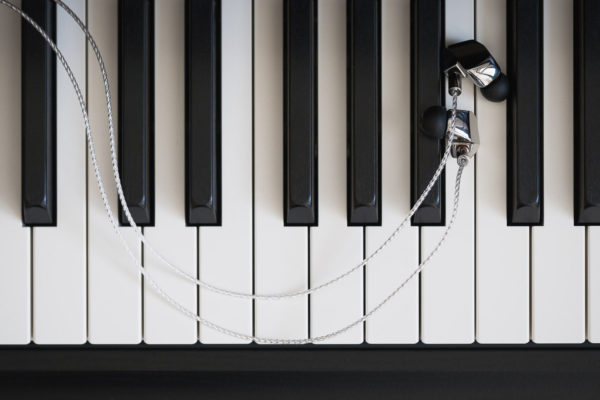
final A8000
The actual review process is never finished. I plan to gain more experience with further comparisons and subsequent source pairing. But for now, the final A8000 are clearly some of the technically most amazing IEMs I had yet the fortune of testing. The experience with the A8000 is nothing but sensational, which is also due to the dynamic tuning. Many will appreciate the energetic presentation that can put itself before the music sometimes, although high quality recordings are rewarded with immersive details. The treble is the star of the show, so best avoid audio with clipping, strong compression, noise or recording errors to forego annoyances.
The A8000 look gorgeous, too. I’ll admit that there are more ergonomic earphones available, but the polished steel and heavy weight make these feel luxurious and force the user to take great care of them. The design sets the mood for the special listening sessions and the mirrored finish nicely matches the sound signature too.
Ultimately, the final A8000 are a pair of unique high-end reference IEM that arguably have the best sonic performance in its price range.
Full review: Flavor of the Month: final A8000
klauseulenbach.de
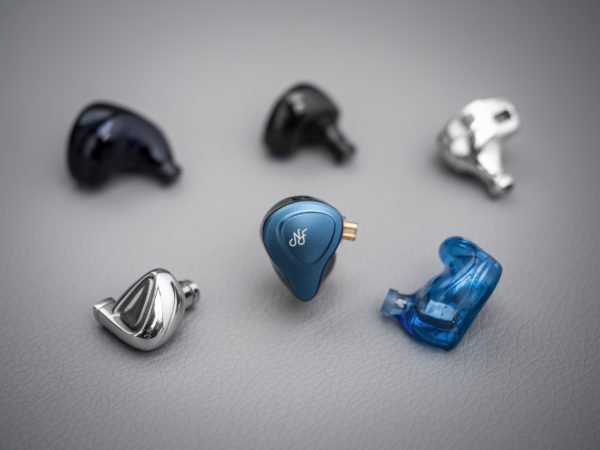
NF Audio NA1
Now this is an unconventional review. I stepped right in and started discussing the NA1’s weakness first. Because apart from that, I am thoroughly impressed. The speed of the single dynamic driver is simply delicious. The tightness of the bass can make any drummer drool and the body feels just right with most recordings. The midrange is accurate and once one gets past the slight hollowness, voices sound realistic too. The treble is snappy and fast in decay. It actually all comes together when you have a perfect seal and no surrounding that would drown out the lows. Under these conditions, the NA1 is formidable. But when I step outside, I personally either need better isolation or less treble emphasis.
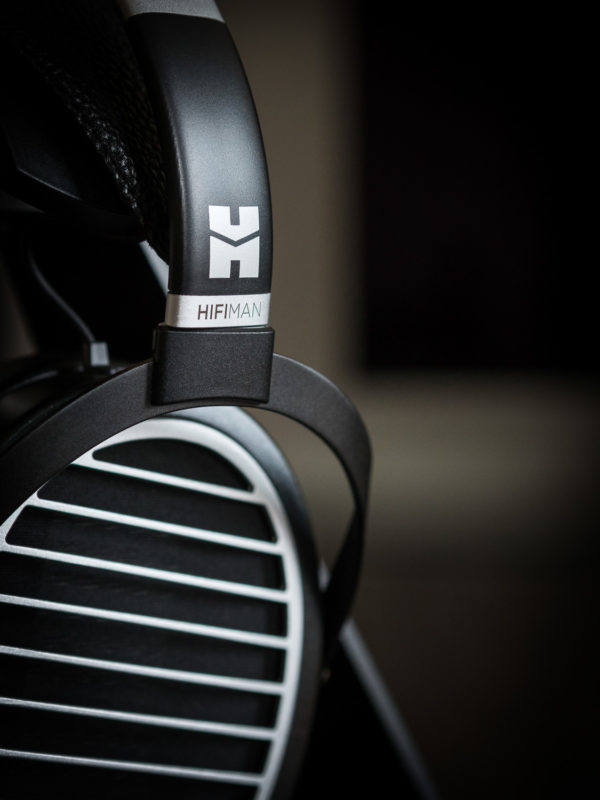
HiFiMAN Ananda-BT
All in all, the Hifiman Ananda-BT excel at where it matters most: sound quality. However, I feel like the overall product design needs more attention. Some decisions, like omitting a passive mode or adding a mediocre bulky travelling case, make the headphones a hard recommendation for the asking price. I am sure people would be willing to pay 100 € more if that would help to create a more complete package. More so, the bulky design does not really help with mobility at all. In conclusion, I think the Ananda headphones have top-tier sonics but the Bluetooth version is pretty much a very niche product. I recommend to check out the original Ananda instead.
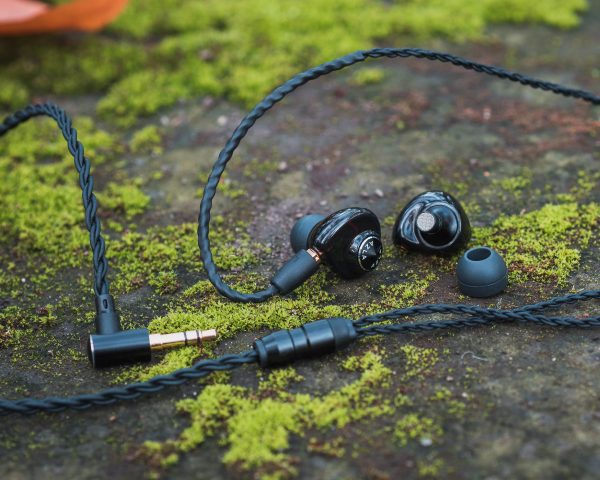
AZLA Horizon
I wouldn’t grant the AZLA Horizon a feature as FOTM if I wouldn’t really like these IEMs. I bought them out of sheer interest and I wasn’t disappointed. These are really easy to get into thanks to their good timbre and great soundstage. Pairing them with a good amp can smooth out the treble that otherwise might be shrill at times.
The Horizon prove their worth by a high quality cable, genius ear tips and an advanced dynamic driver that allows for high resolution. In conclusion, I can absolutely recommend them!
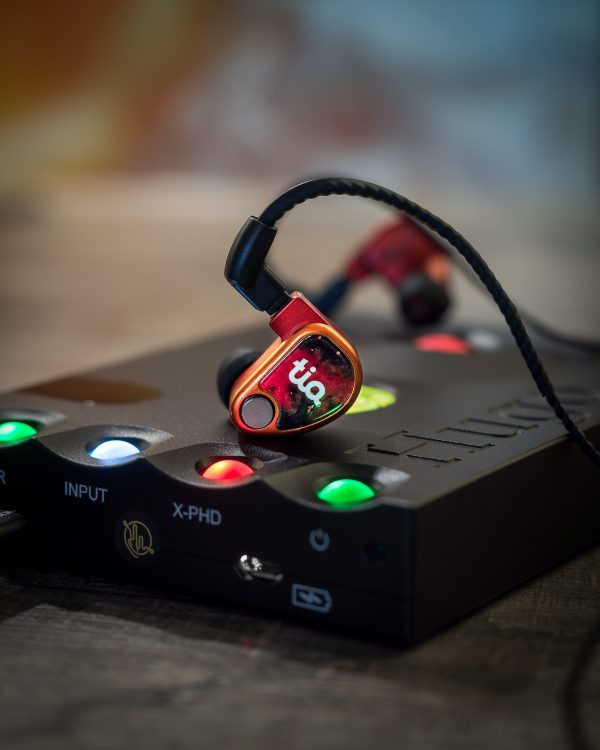
64 Audio U18t
The U18 are an incredibly powerful monitoring tool that effortlessly shake out an insane amount of details. They’re tuned to not have their own character and are thus not too exciting for the most part. 64 Audio mainly lets the music talk for itself. Nevertheless, playing through the U18, attention is often drawn to the treble as it impresses with its particularly high resolution.
Do note that if you really want to unleash the almost infinite potential of these earphones, you also have to make sure that your audio chain is up for the task and, above all, that the audio material used is suitable for hi-fi use. If the conditions are met, the U18t blasts the music completely apart in its every atom, allows deepest immersion and often even insights into the production. 64 Audio has created an absolute technical miracle that won’t leave us aghast.

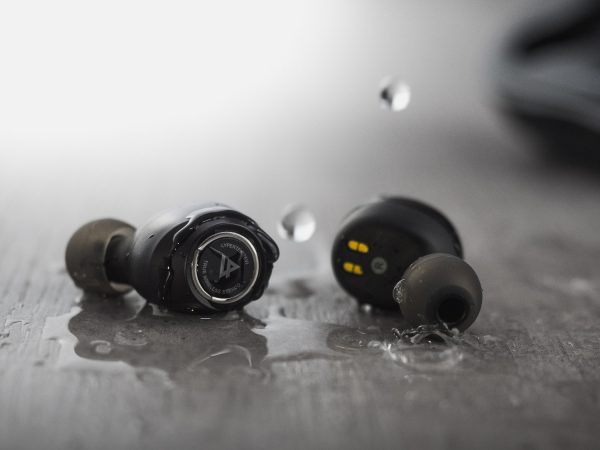
Lypertek TEVI
Lypertek has succeeded in creating a completely impressive overall package, which is just as impressive as the Oriveti Hi-Fi earphones according to their price range. The sound is sensational, the operation super simple and the comfort better than with any TWS I have yet had in my ears. The TEVI surpass many more expensive earphones in sound and function. Lypertek heralds a new era in which even True Wireless is no longer compromised.

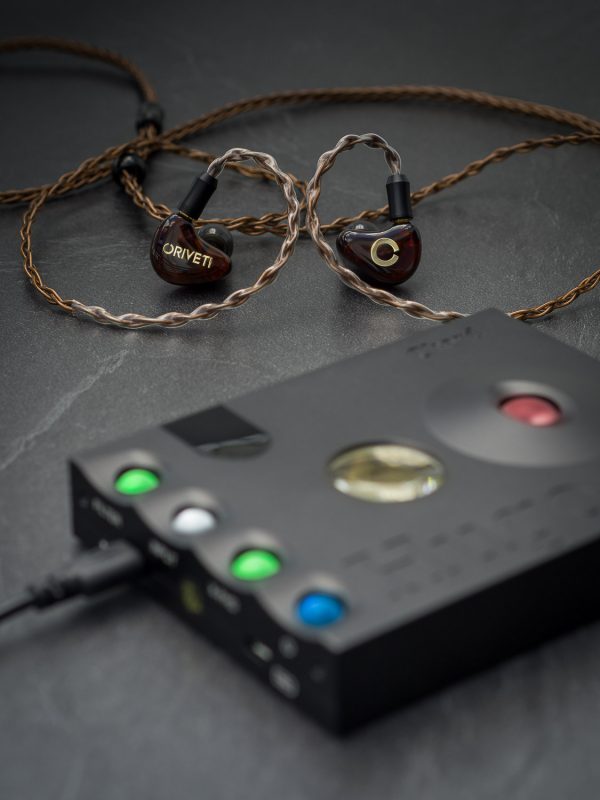
Oriveti OH500
The Oriveti OH500 are a great package for the aspiring audiophile. (Depending on the budget, the OH300 punch that value even higher, though the small refinements to the OH500 are very appreciated by the careful listener and worth the price difference.) The OH500 are comfortable, beautiful, easy to use and – most importantly – great sounding. They create an enjoyable warmth with a relaxed presentation that doesn’t omit any details and also has an amazing soundstage. I have spent a great amount of time with the OH500 and I am sure I will continue to do so.
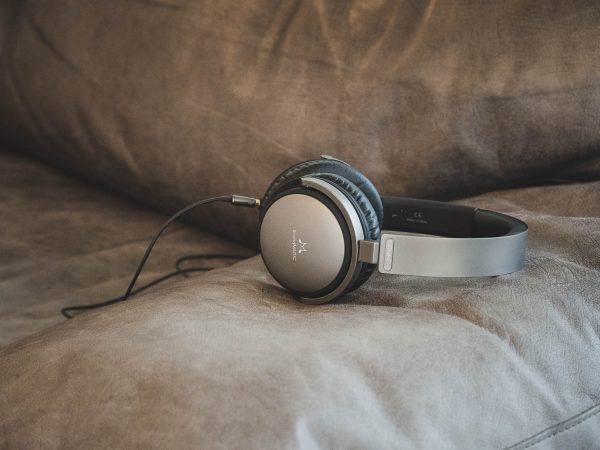
SoundMAGIC Vento V3
The SoundMAGIC Vento P55 V3 has amazing value. I should not have any interest in “cheap” headphones anymore, have my demands continuously risen in the past years. But upon first auditioning the demo of the V3, I already knew I’d have to take one home and take a closer listen. I do not regret my purchase at all. It has become my preferred choice when I don’t feel like using IEMs or setting up a complex audio chain. I highly recommend these headphones!
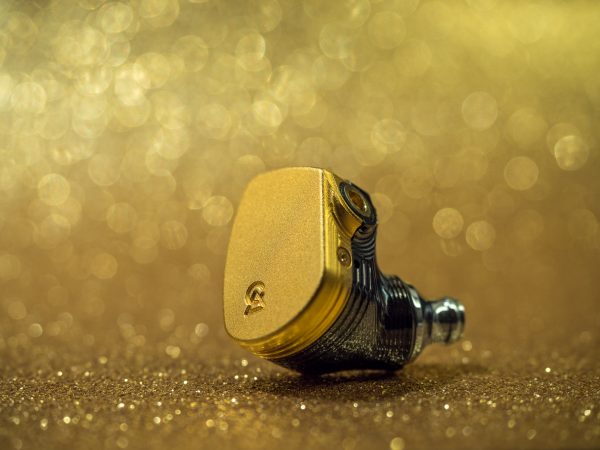
Campfire Solaris
The Campfire Solaris is a real star in the Head-Fi galaxy! Not only is it sensationally crafted and looks great, but it’s also musically balanced. It provides a very addicting signature and manages to assert itself as one of the best high-end listening experiences thanks to its very high resolution.


SoundMAGIC E11BT
My verdict after 4 weeks is very positive. The SoundMAGIC E11BT offer reliable features that ensure carefree use in everyday life. The Bluetooth connection is stable and transmits the sound cleanly without audible artifacts. The sound offers a pleasant warmth with potent low bass, homogeneous mid-range and a soft and transparent treble. Especially the headset functions are a welcome enrichment thanks to the high-quality microphone.

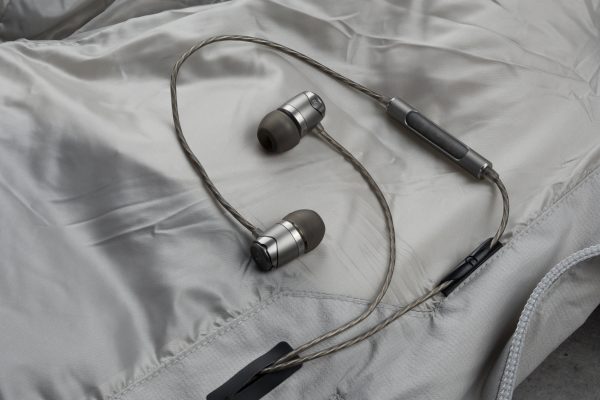
SoundMAGIC E11C
For the price called, what is offered is more than impressive. Although some savings have been made in regards to the accessories, the build quality is convincing all the way. The sound isn’t revolutionary, but SoundMAGIC pushes the price/performance ratio even further down than ever before. Here, the manufacturer really shows its muscles and offers skillful tuning, exemplary channel balance, low distortion and wide frequency range. You won’t find “more sound” for the same price!


Shanling M0
Buy it. I would like to keep the conclusion this brief. Of course, the Shanling M0 is not perfect and perhaps it’s not the audiophile high-end nirvana in terms of data specs, but realistically speaking, you don’t need much more unless you like to fire particularly hungry headphones. For the moment, I’m hard to press to recommend any cheaper device on the road.
The workmanship is impeccable, the operation functional, the touch display sufficient and the form factor absolutely ingenious! Meanwhile, whenever I leave the house, I have to check for a fourth item in my jacket and trouser pockets: smartphone, keys, wallet and the M0.
Thanks to bluetooth connectivity, it no longer hurts to say goodbye to the smartphone’s headphone jack and compatible bluetooth headphones have also been considered. The “real” audiophile is also served a delicious dish: DSD and HD files are played back without a hitch and the finest gold ears can select an appropriate filter to get the maximum out of the information. However, low distortion and high signal-to-noise ratio are particularly important and Shanling succeeds.
We are talking about 99 € and the application possibilities are extremely varied. There is absolutely no reason not to recommend buying the M0. If you are looking for an inexpensive DAP, or have higher demands and still want to save money, you can easily get it from here.

MoonDrop Kanas Pro
In short, I like the MoonDrop Kanas Pro Edition a lot! For my preferences, the Kanas beats all known IEM with dynamic driver. The price is an understatement.
One can get used to the slight (sub-) bass boost very quickly, and the relaxed dip in the upper midrange and lower treble is fortunately tuned for many songs. For monitoring I would still prefer one of the many alternatives with balanced armature drivers, but as a daily companion for pure music consumption across all genres, it even exceeds my fairly high demands. For tracks with vocals and sub- bass the KPE is now my first choice. When faced with the challenges of complex Jazz, however, I fall back to other IEM.
In regards to product design I am a big fan of the Bauhaus style: “form follows function.” That’s why I’m less convinced by the metal bling bling design. I would prefer a (more ergonomic) housing à la StageDiver and also the cable doesn’t fully suit my taste either. But these are at most nagging things in an otherwise functioning relationship. Overall, I’ve got a lot of praise!
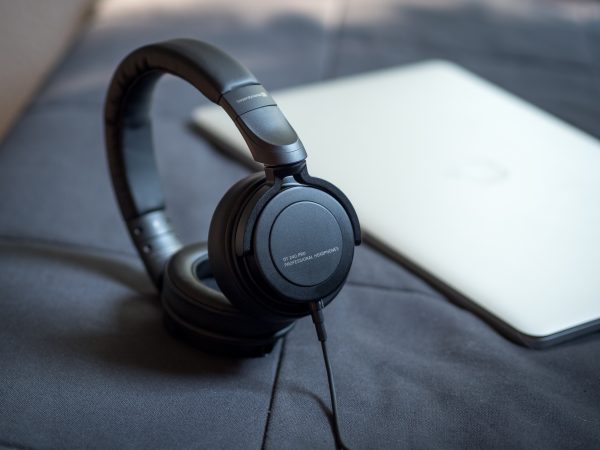
beyerdynamic DT 240 Pro
The beyerdynamic DT 240 Pro are a good set of portable cans in the budget-tier category below 100 $. I think the monitoring purpose advertised by BYR is a bit too enthusiastic, but they do sound enjoyable especially with Pop and Rock music. They are not ground-breaking in any way. You will find pairs that are more comfortable, more fashionable, more neutral, more expansive and more detailed, but not all of it at once for the same price. With the DT 240 Pro, the whole is more than the sum of its parts.
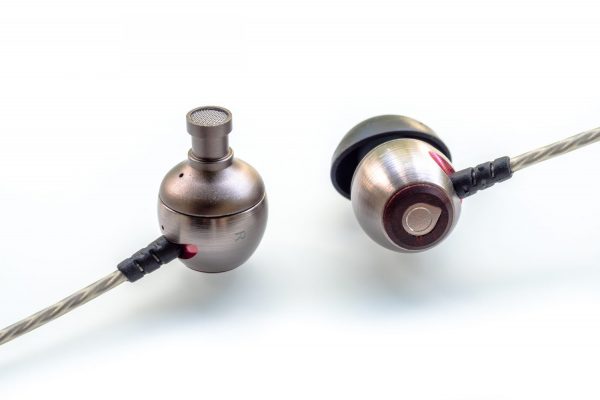
Astrotec AM850
The AM850 enter an extremely crowded market with an abundance of choices among sub-100$ priced IEMs. This is quite a challenge and for that Astrotec did well. The AM850 feature good build quality and an attractive design. The sound has an authoritative low-end with nicely tuned mids and highs. Ultimately, it is not enough to stand out as the single best choice, but nonetheless, they are a good addition to a pool of similarly priced IEMs.
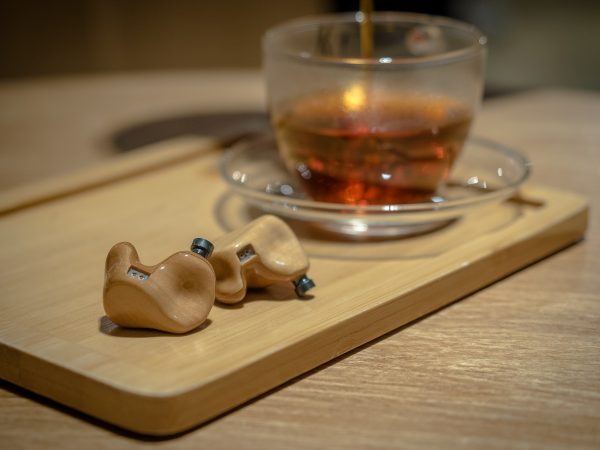
InEar StageDiver 5
The InEar StageDiver 5 are technically easily the best of the series. In fact, I think the SD-5’s strengths even outperform the company’s reference flagship ProPhile 8 if linearity is not top priority. The tonality is extremely engaging and balanced at the same time and I can see some less experienced users thinking they are neutral. I have become a big fan of the midrange and I am surprised how easily my mind adapts to the signature.
But not only the sonic performance impresses. The StageDiver are still the most comfortable universal IEM series for my (German male) ears. The design allows a tight and deep fit and I don’t know anything that comes closer to an actual CIEM. For the first time, a small version is already available with the product launch.
Those striving for high-end audio can achieve further improvement by upgrading the cable and they also have the option of choosing real wood designs and an optional leather case to match the performance. Do not let the driver count fool you, this is a TOTL monitor!
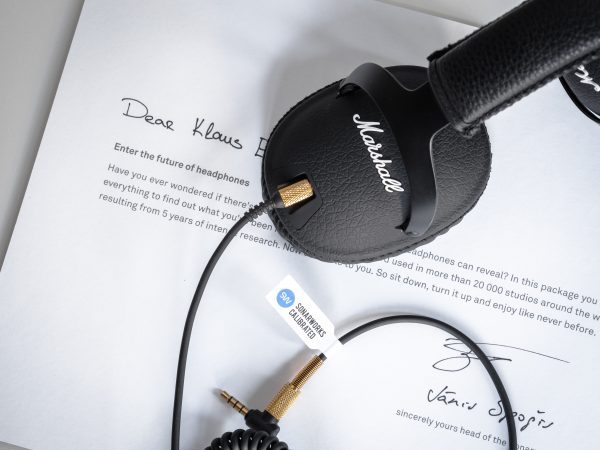
Sonarworks True-Fi
At Headflux we think pragmatically: good sound is good sound, whether or not it was achieved with the help of DSP. In our opinion, the frequency response in particular is very important for subjective sound perception. This is one of the reasons why we have been intensively involved with the linearization of headphones behind the scenes for a long time. For this purpose we have already tested several target curves internally – the review of the biggest player Sonarworks should not be missing.
Altogether, we can easily recommend Sonarworks True-Fi as a cost-effective solution to achieve a significant improvement in the audio chain in terms of high-fidelity in most cases. The project is very ambitious, but currently there are not enough headphones on the list of supported devices. We also see potential for improvement in regards to IEM equalization. For the full experience, we also suggest to take a look at Sonarworks Reference, which allows manipulation of the default correction that thus can be better adapted to subjective perception. Anyone can test the software for free for 10 days before buying. We highly suggest to try it – at least if your headphones are supported.

beyerdynamic Aventho Wireless
The beyerdynamic Aventho Wireless are a chic, well-made and comfortable set of on-ear headphones that are fun on-the-go with a warm tuning, moderate bass and smooth highs. You’ll enjoy wearing and showing them, but with a RRP of 449 € they ultimately stay a little below our expectations or don’t quite meet our demands of a neutral studio sound. Nevertheless, they can stand up to competing Bluetooth headphones. Perfectionists will criticize some shortcomings, such as the imprecise touch controls, noise from the built-in technology and a much too coarse volume control. In addition, the connection to the accompanying app is unreliable. Although the MIY app occasionally has problems accessing the headphones, the Bluetooth connection itself works very well. I am also very satisfied with the voice quality. As an audiophile, it’s easy to forget how convenient wireless use really is. Bluetooth definitely has some advantages.
The usefulness of the MIY app, which is actually supposed to enable “perfect sound” through personalization, ultimately depends very much on the health or age of one’s own ears. If your ears are still healthy, the additional benefit remains relatively small, but I can see how the idea makes sense in the long run. Especially those with asymmetrical hearing are offered an almost unrivaled advantage. Others are instead advised to take a look at a cheaper on-ear from the same company, such as the Aventho (without wireless), the T51i or the DT 1350.
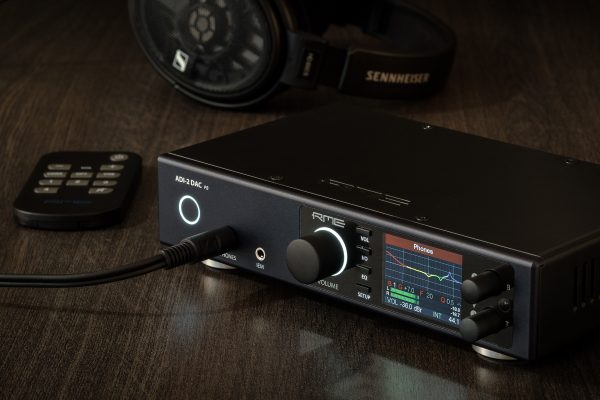
RME ADI-2 DAC
I can’t think of any other desktop DAC/amp combo that would be easier to recommend in 2018. There is no magic involved in the RME ADI-2 DAC: no proprietary filters, no patented exclusive circuits, no unordinary connections and most importantly no voodoo buzz words. This is an extremely down-to-earth device that has just been given extreme thought, massive experience and great attention to detail. It’s not the supplier’s chip that makes a great device, it is how you use the tools.
The ADI-2 DAC is technically marvelous, regardless of whether you want to dive into the long feature list or not. I do recommend you do, though, because the equalizer with its many save slots, the customizable loudness function, the tight crossfeed, various DA filters and many controls to test your whole audio chain just keep on giving and giving. Despite the huge amount of functions, the software is extremely stable and hasn’t failed me once.
While the Phones output provides clean and linear amplification for even power hungry headphones, the new IEM output might just have reached a new reference level. Of course the device will work just as well as a standalone DAC in case you want to connect some warm tubes with the line-out. The channel-specific dual EQ or quick bass/treble adjustments can work wonders in a speaker setup.
I praised the RME ADI-2 Pro before and it proved to be a massive success. At 1.599 € (or 1.999 € for the black Anniversary Edition) it challenged competitive high-end products and it seems almost unfair that we now can get the same performance for a lot less, e.g. 999 €. Friends of high-fidelity, what are you waiting for?
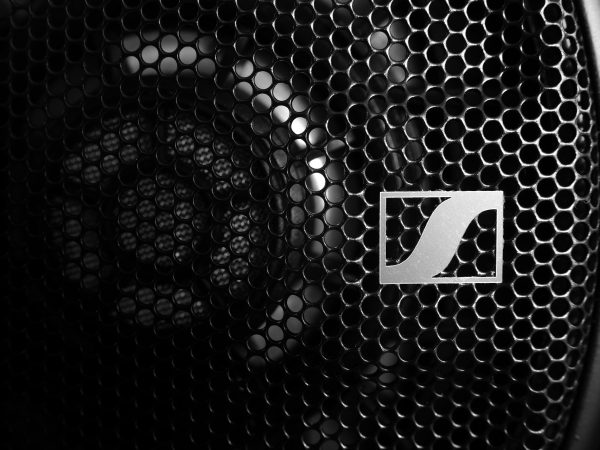
Sennheiser HD 660 S
Just like the HD 600 and the HD 650 before it, the new HD 660 S is another great hi-fi headphone for home use. The revisions and minor improvements are legitimate and suit the series well – even if the surcharge seems to be a bit steep for the moment. I do not agree with the decision to include a symmetrical Pentaconn cable, but otherwise, considering the complete package, there is very little cause for criticism.
Sennheiser have once again delivered a very well-balanced and ambitious set of headphones, which can actually be blindly recommended for almost all purposes. However, if you already own one of the headphones from the six hundred series, you might save yourself the upgrade, depending on your requirements. Despite the new technology, the relationship to its siblings cannot be denied.

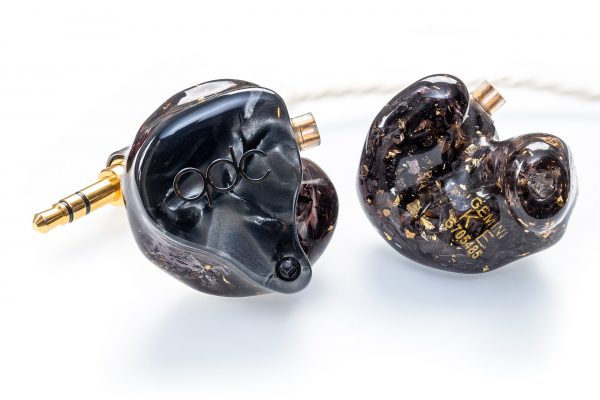
qdc Gemini
At almost two thousand dollars, the qdc Gemini is not a steal. But for that, you not only get a very goodmonitor, but also the whole high-end experience: beautiful design, perfect fit, flawless production, a nice case, superior cable and the adequate packaging.
The tuning of the 8 BA receivers is done very delicately. The Gemini sound more musical than a reference tuning but they still provide overall great balance among bass, mids, and highs. They also scale very well with better equipment and I am interested to see how much I can push them in the future.
The bass switch is nothing I asked for, but surprisingly I use it a lot. Once I get on the tram, I subconsciously automatically flip the switch. When I arrive back home, I flip it back. Independent of the music genre, the sound is very saturated, melodic and easy to listen to, yet provides ample texture and great micro-details.
The qdc Gemini has been my daily driver for the past four weeks and they will surely continue to keep this spot for a while.

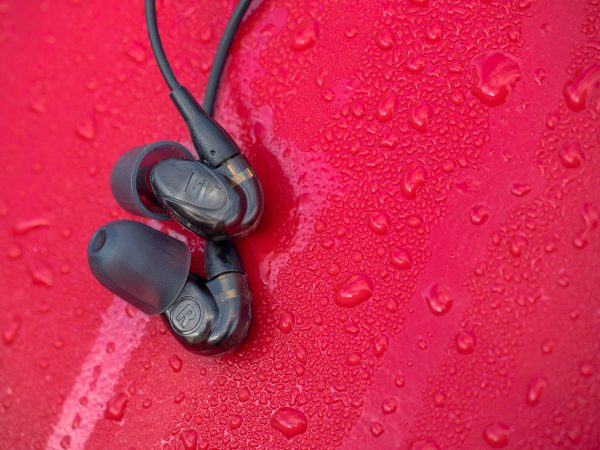
Westone UM-1 (2017)
The new Westone UM1 might not be the first choice for the full hifi experience with impressive extension on both ends, strong low-end rumble or airy treble. But what they do, they do very well.
Their presentation is positively mild with great potential for tweaking, but even without modifications, the homogenous frequency response does well in giving instruments and voices enough room to stand out on their own.
Westone provides a nice package with durable IEMs, a large selection of ear tips and the pro-feeling of higher priced monitors. If they had included a more useful pouch, the value would have been even higher. The new UM1 still prove to be a solid recommendation for musicians on a budget and I prefer them slightly over the current placeholders by Shure.


